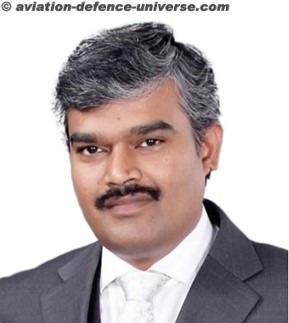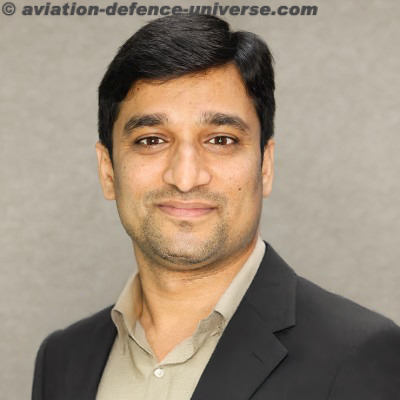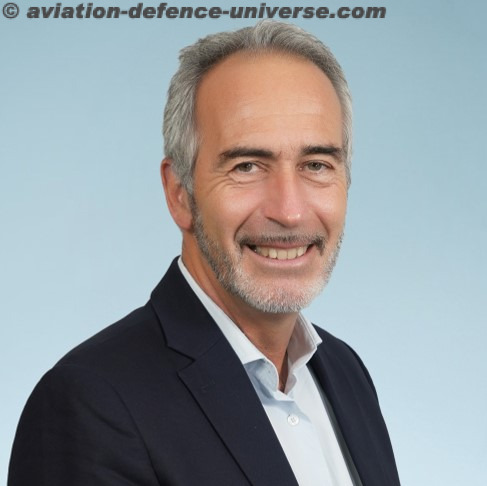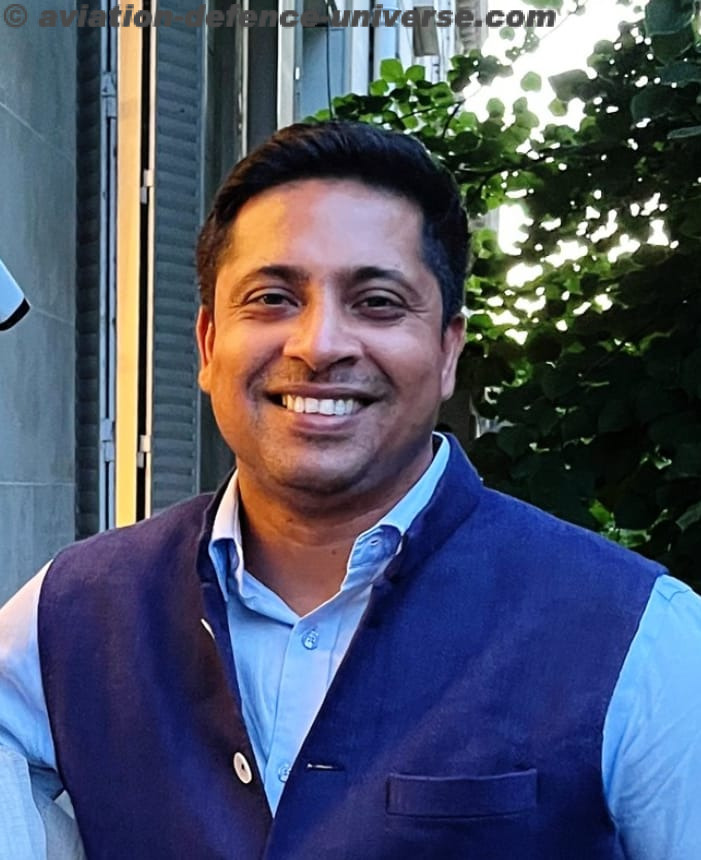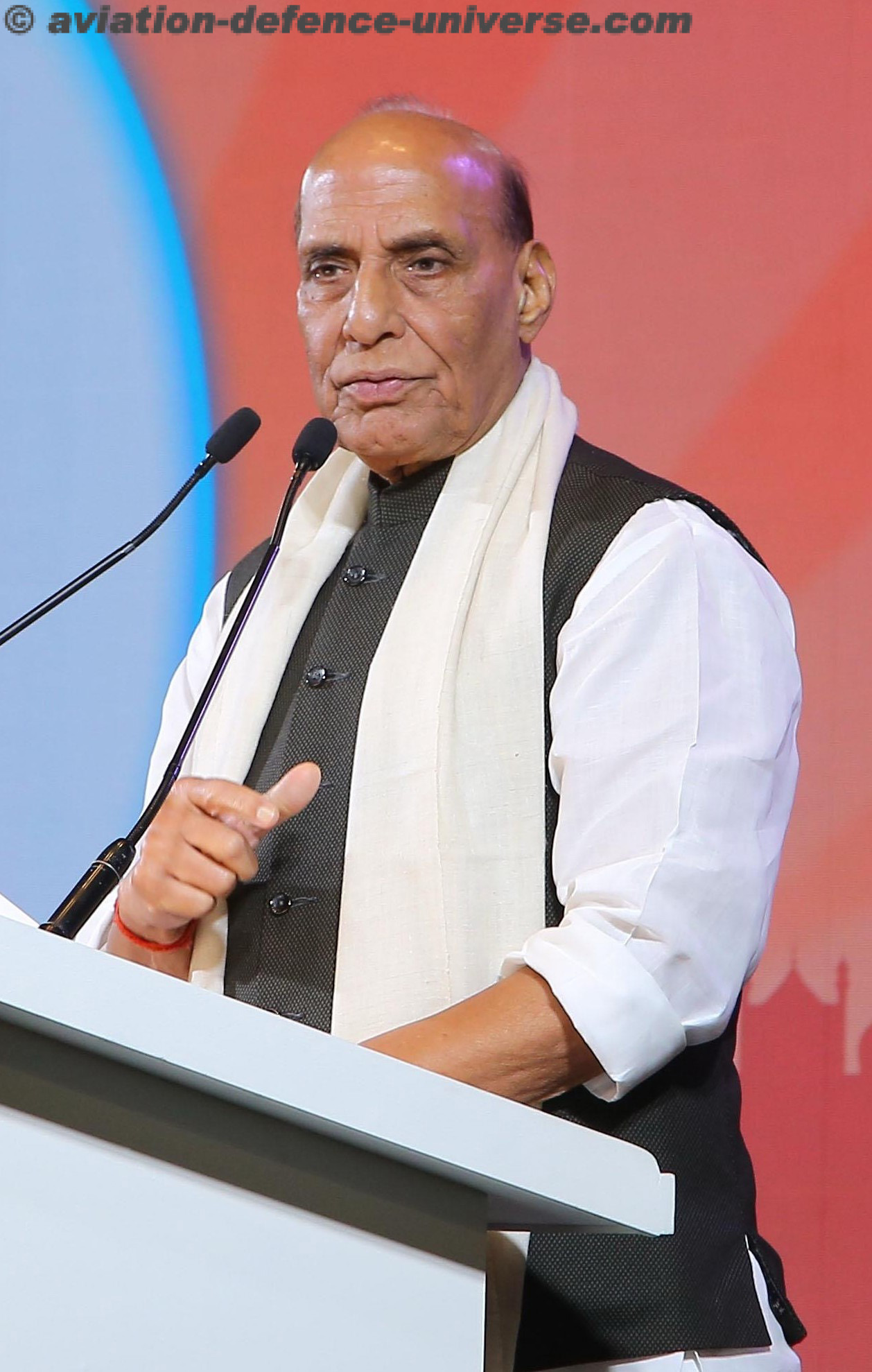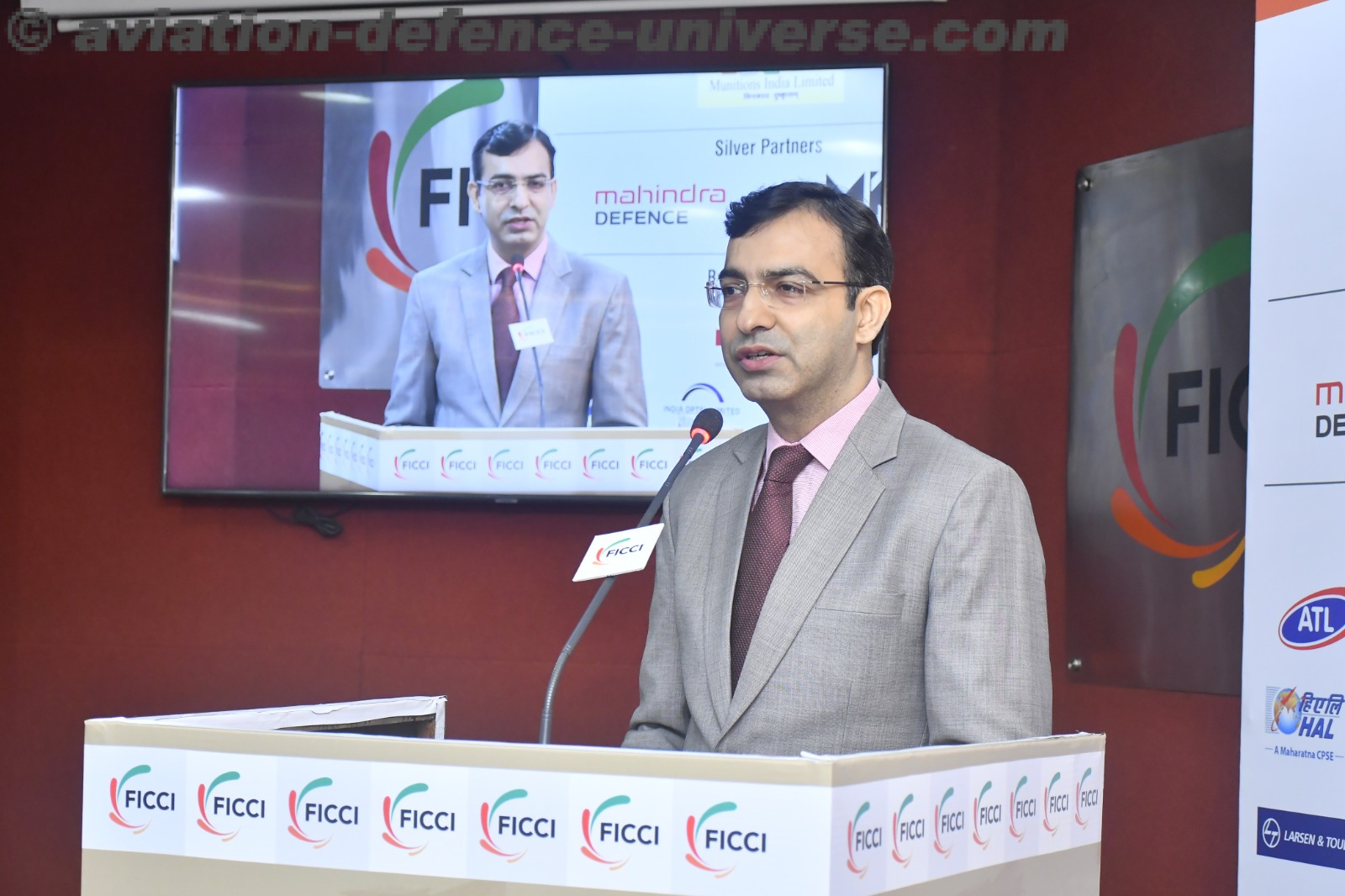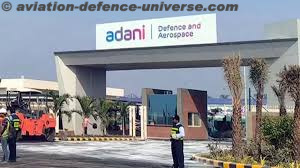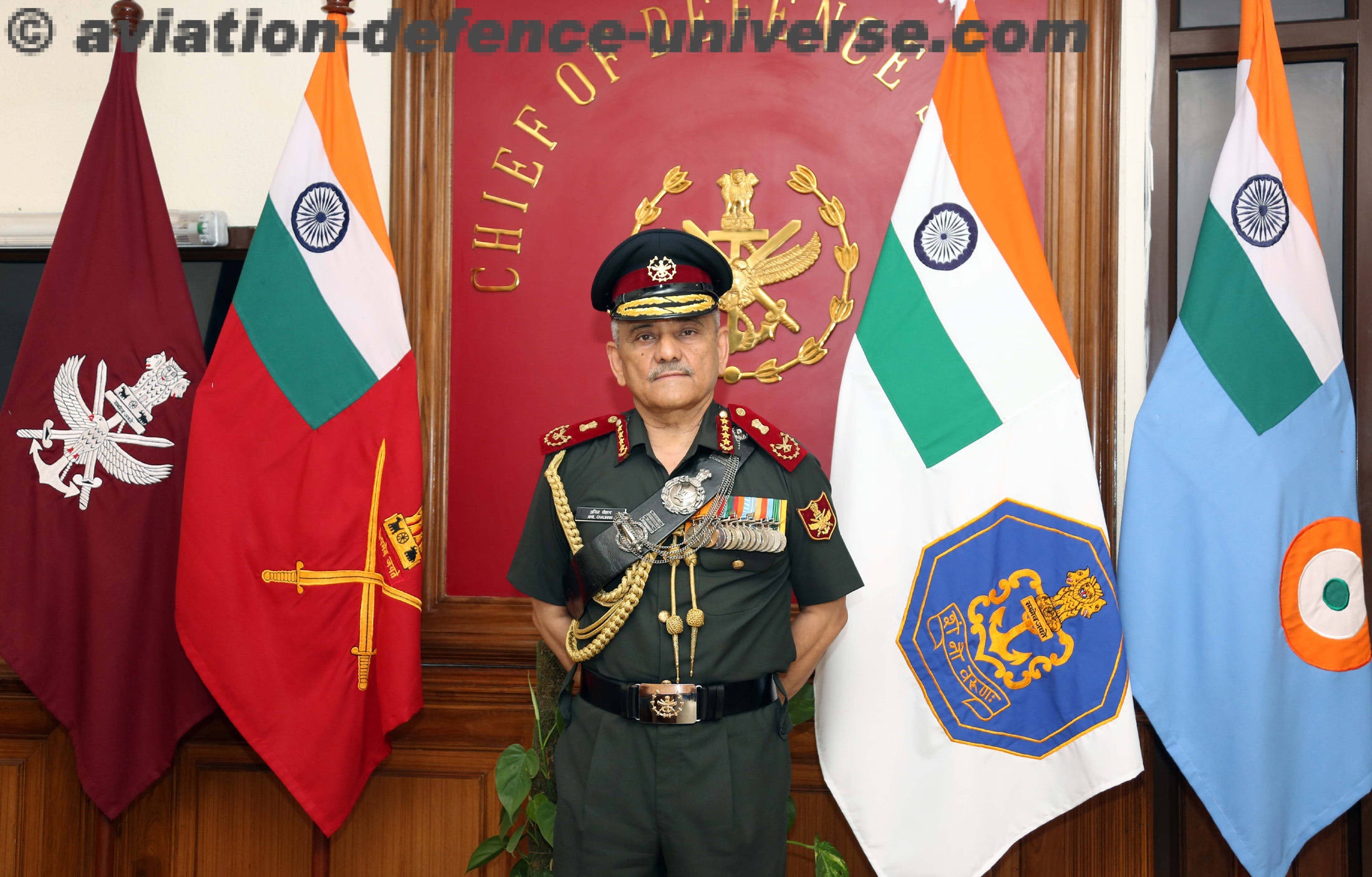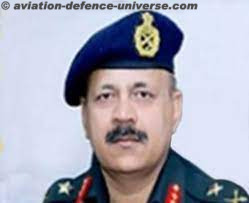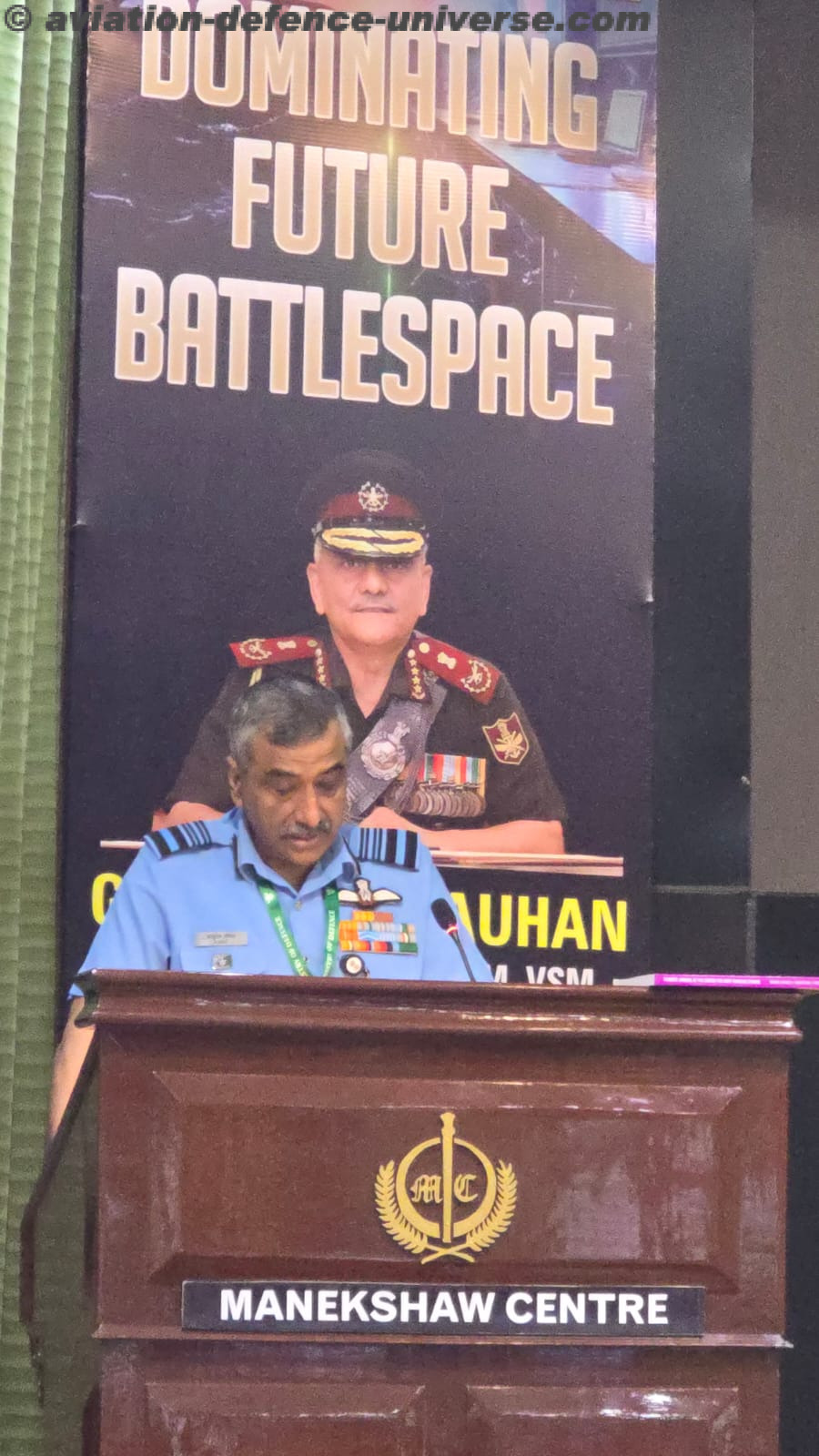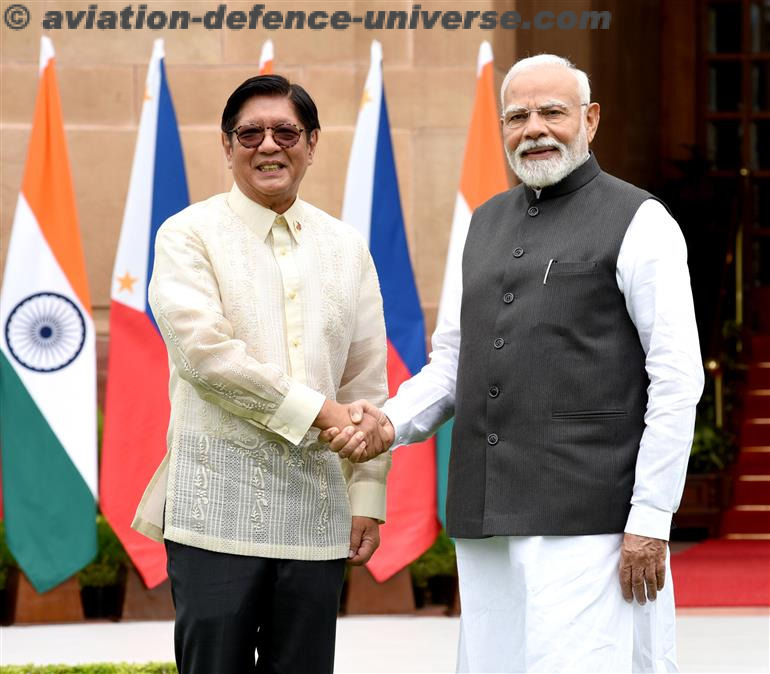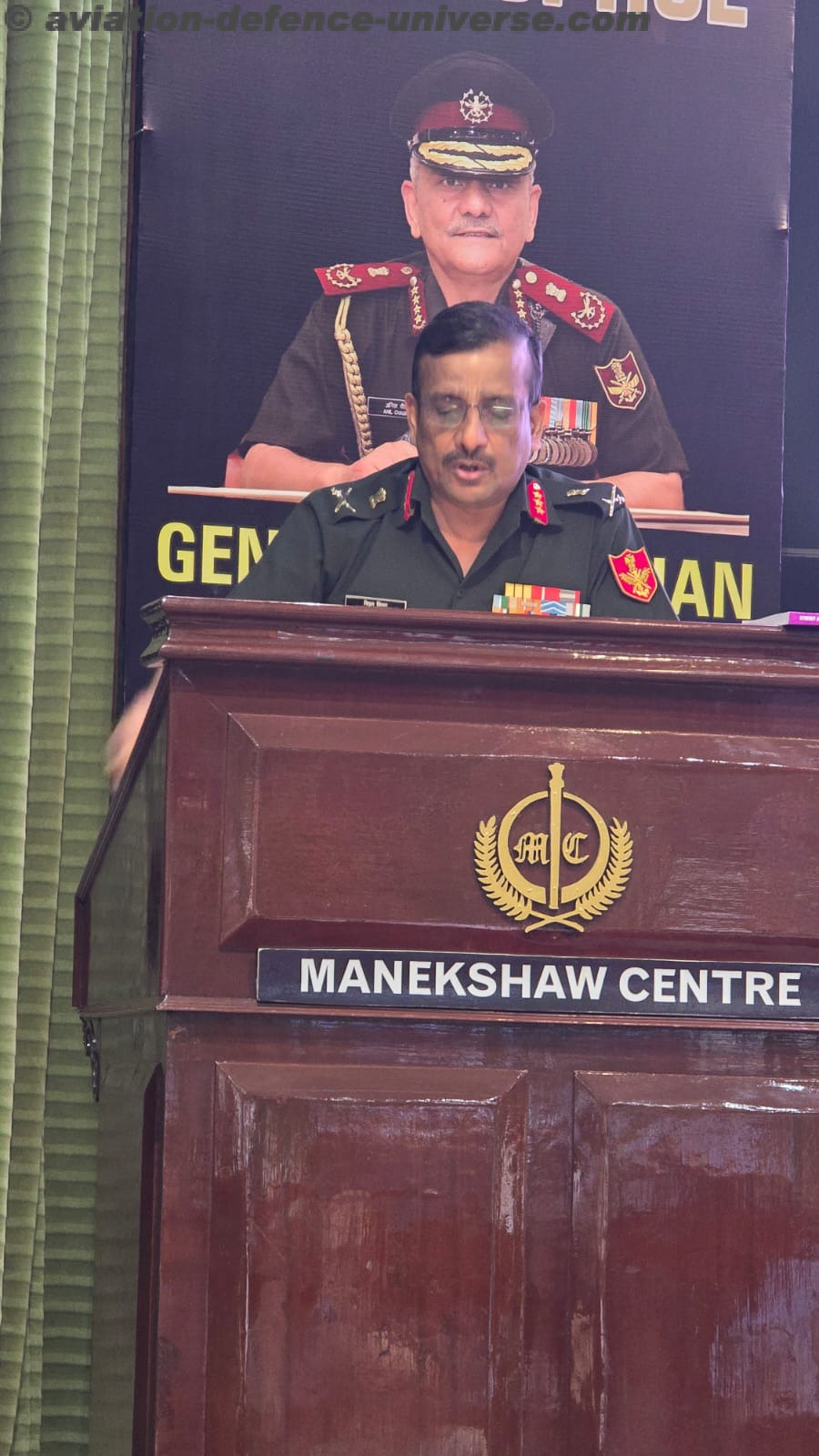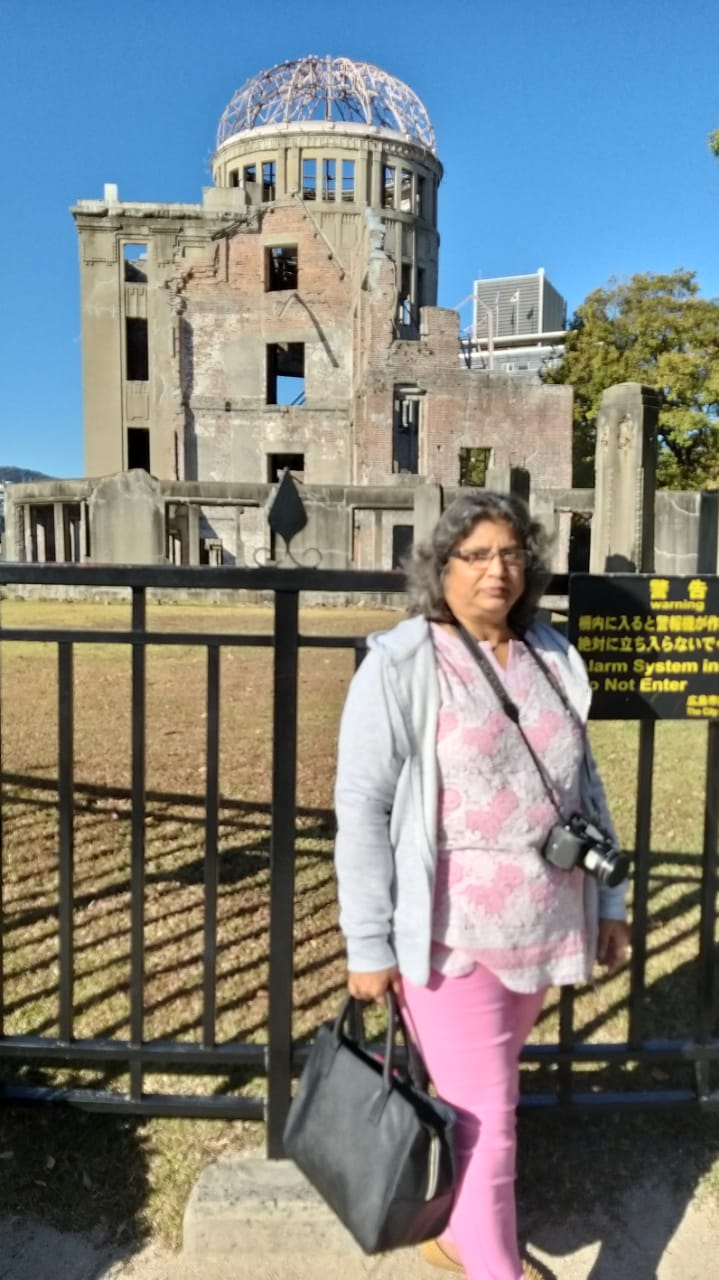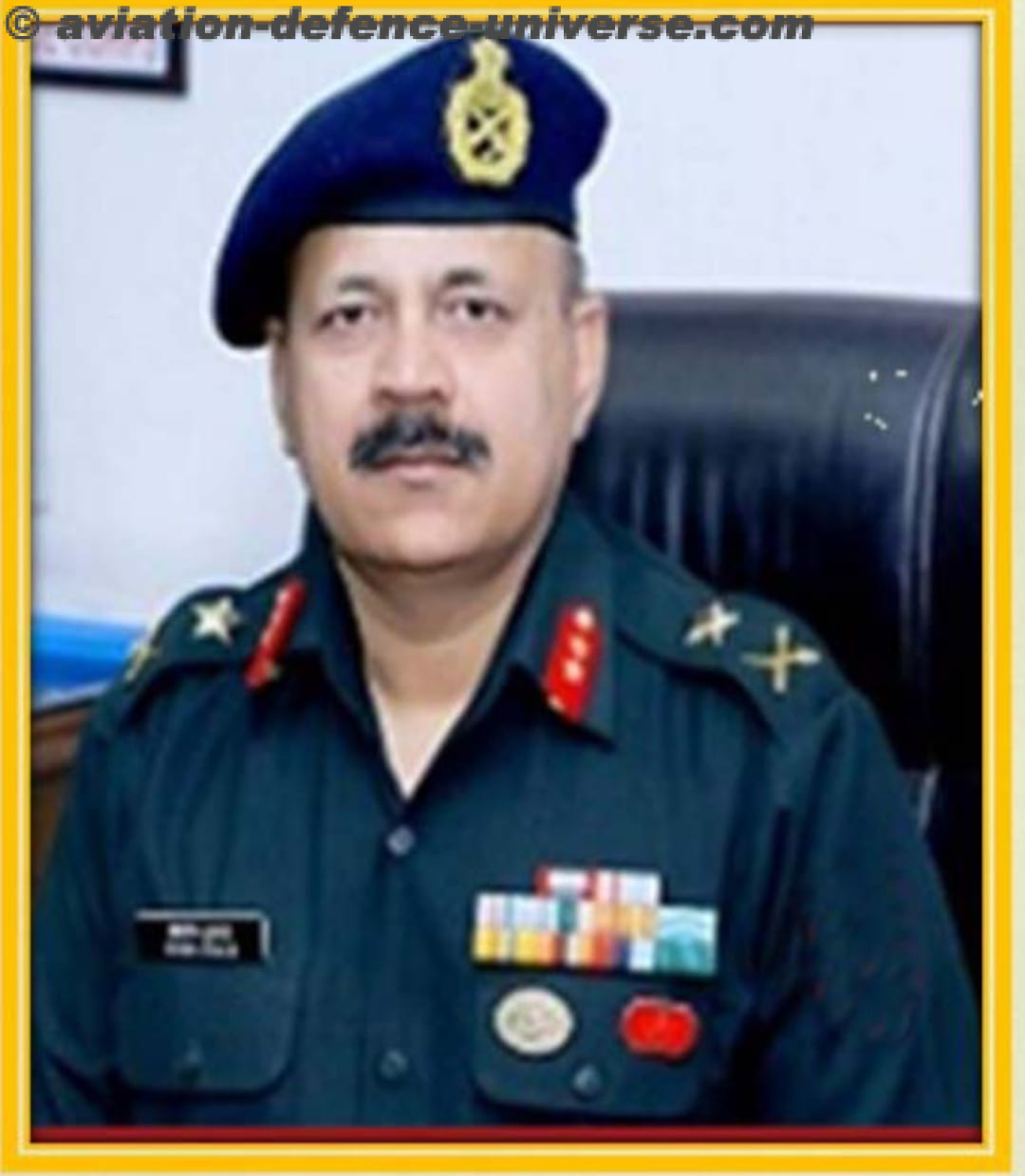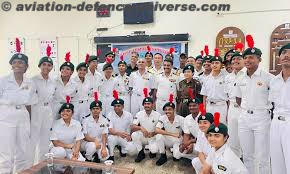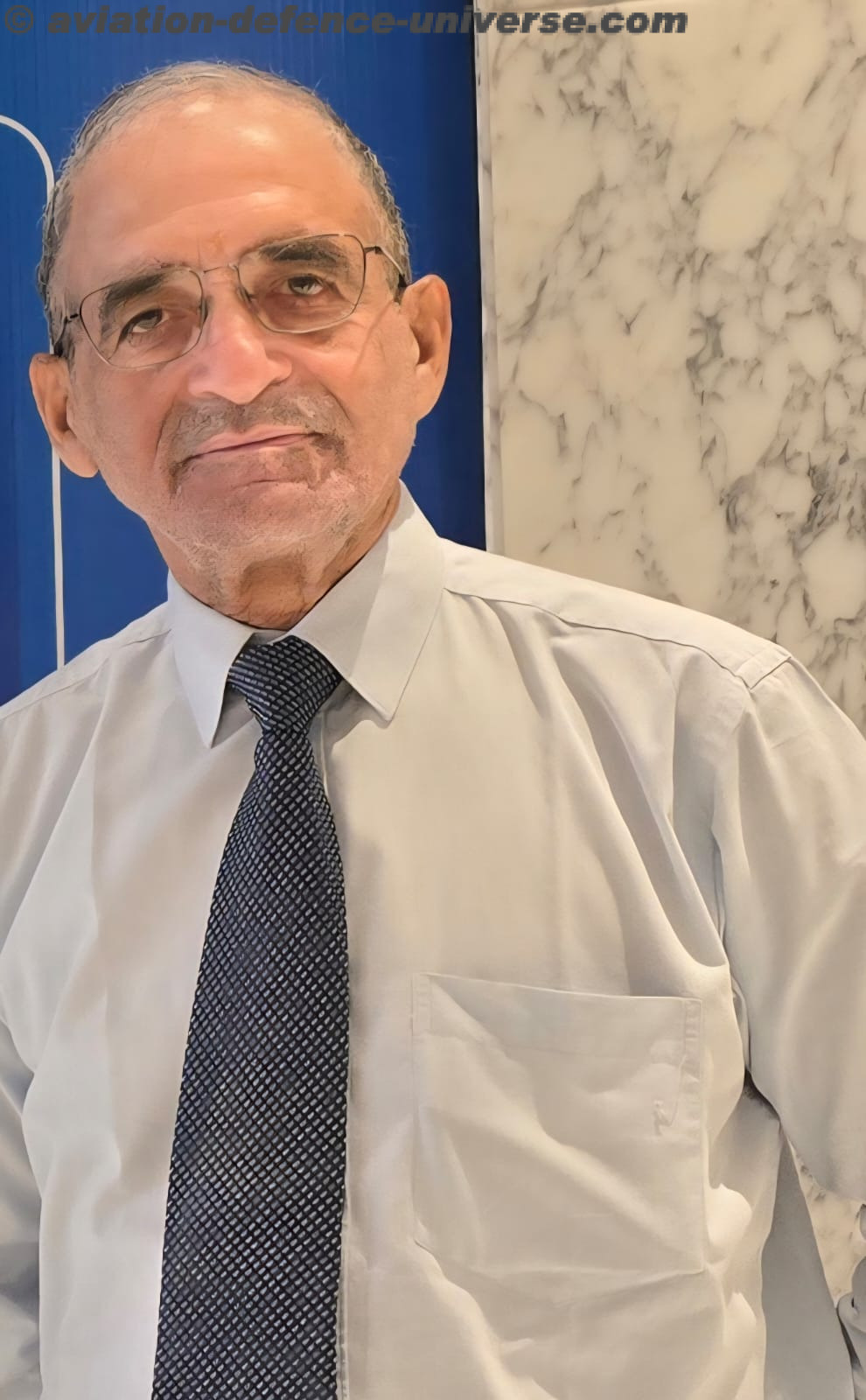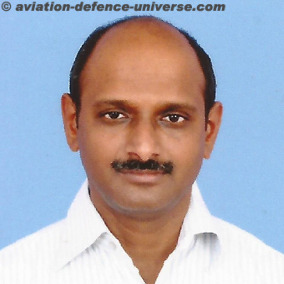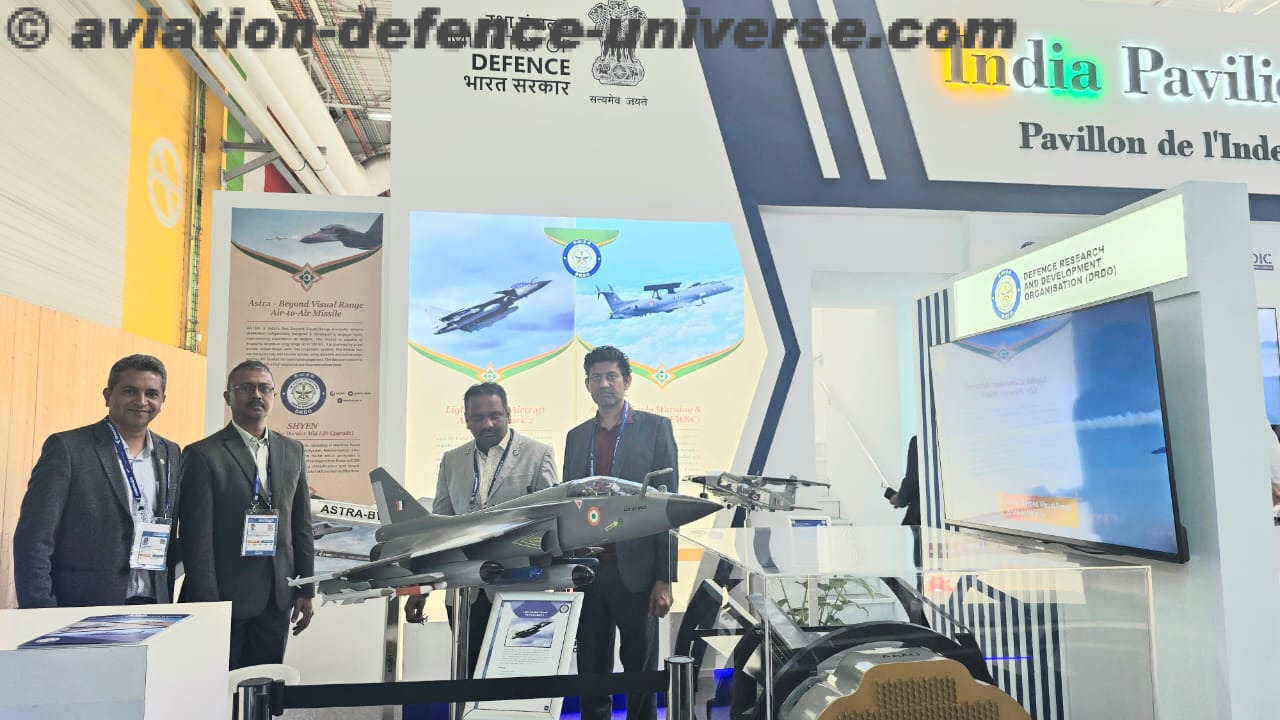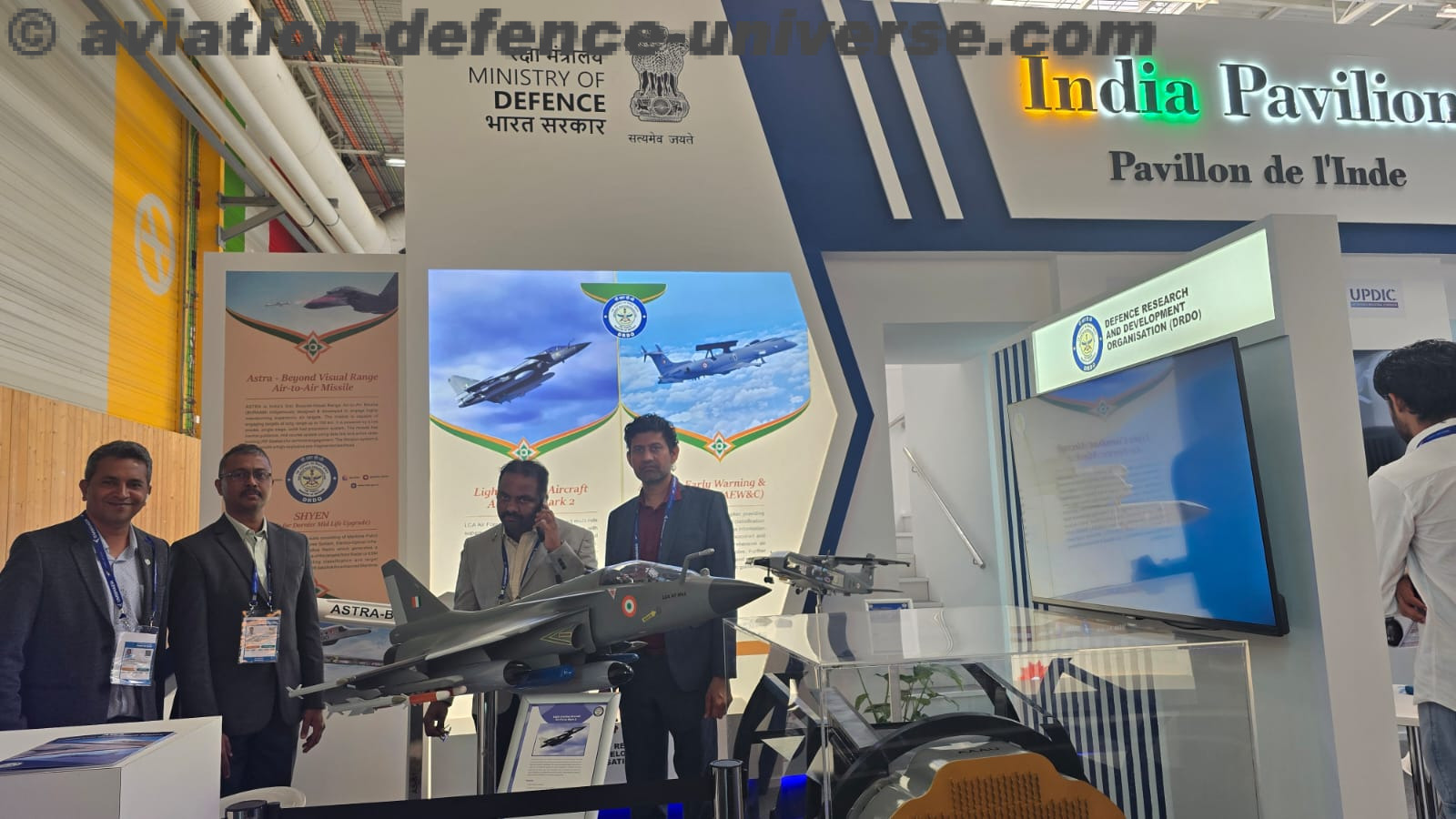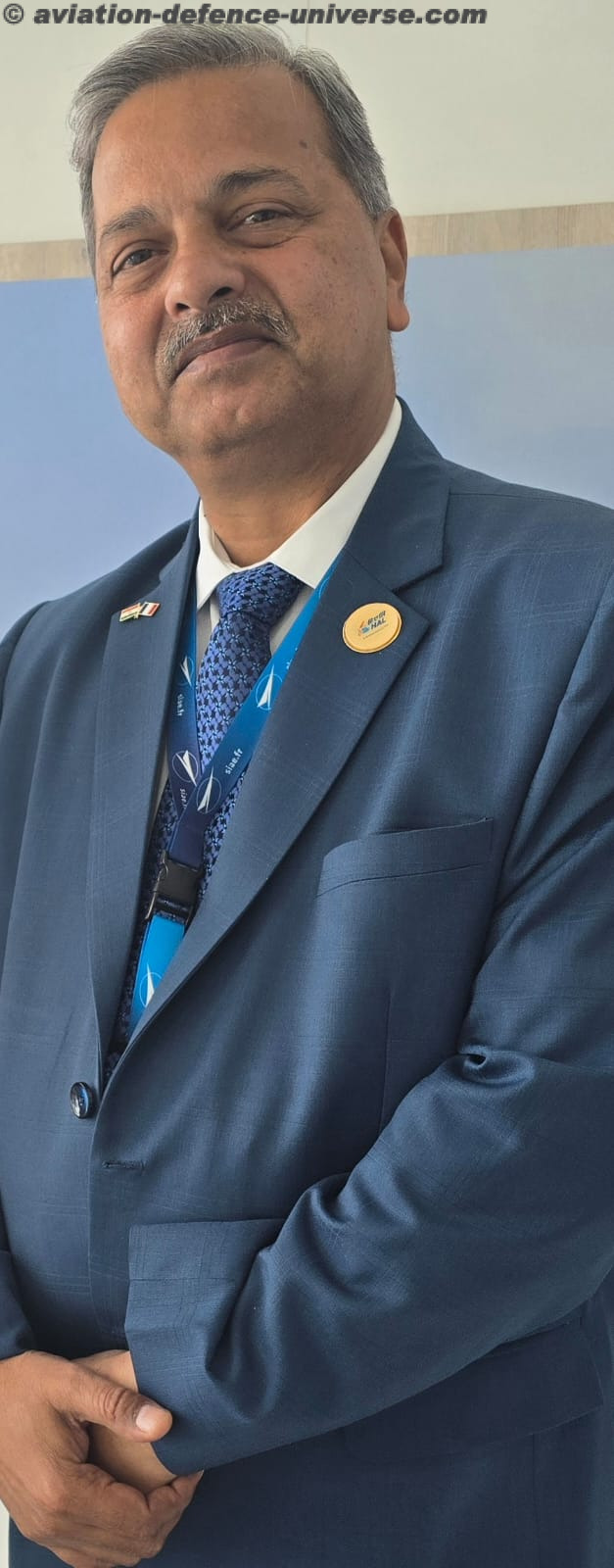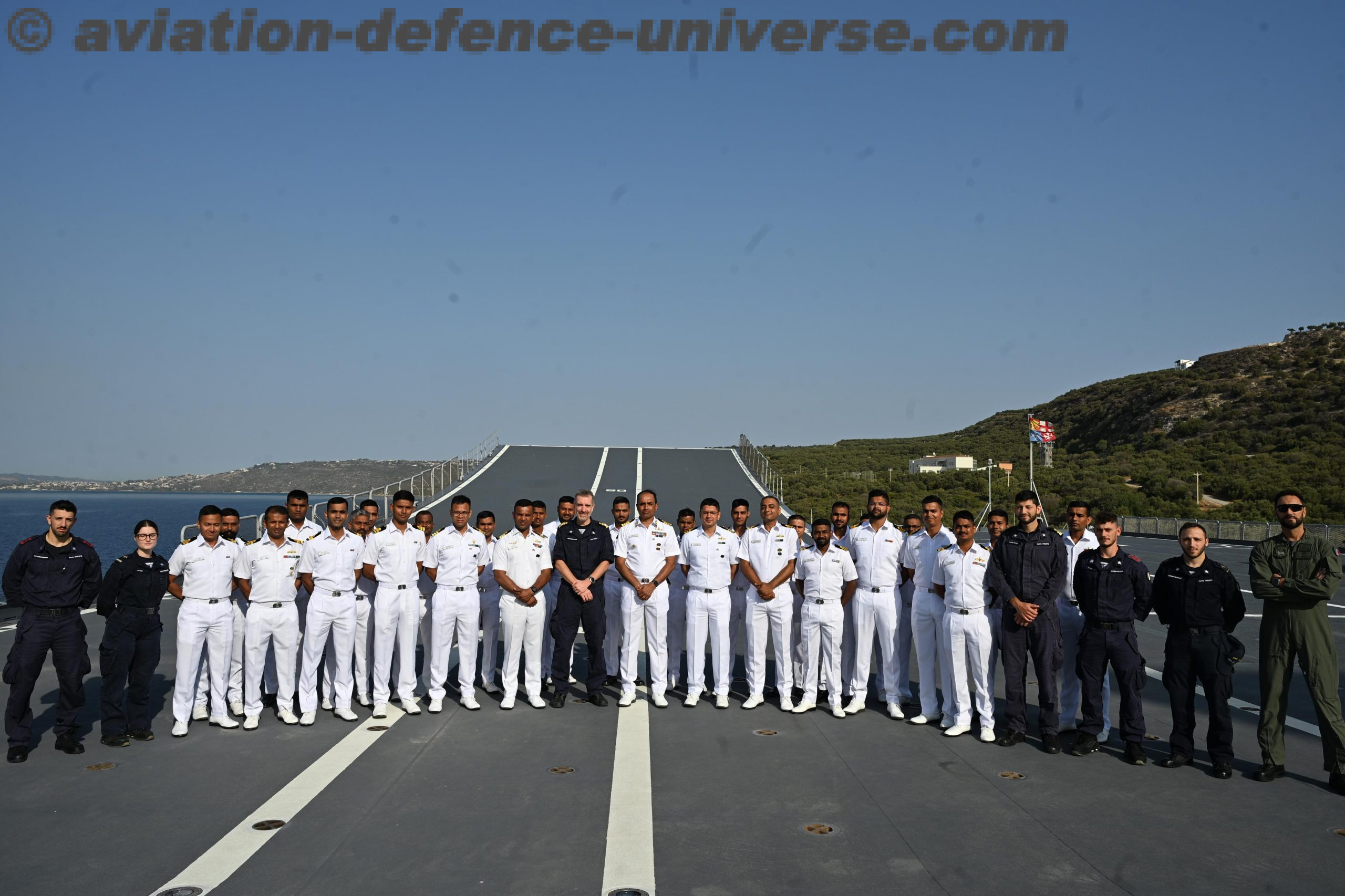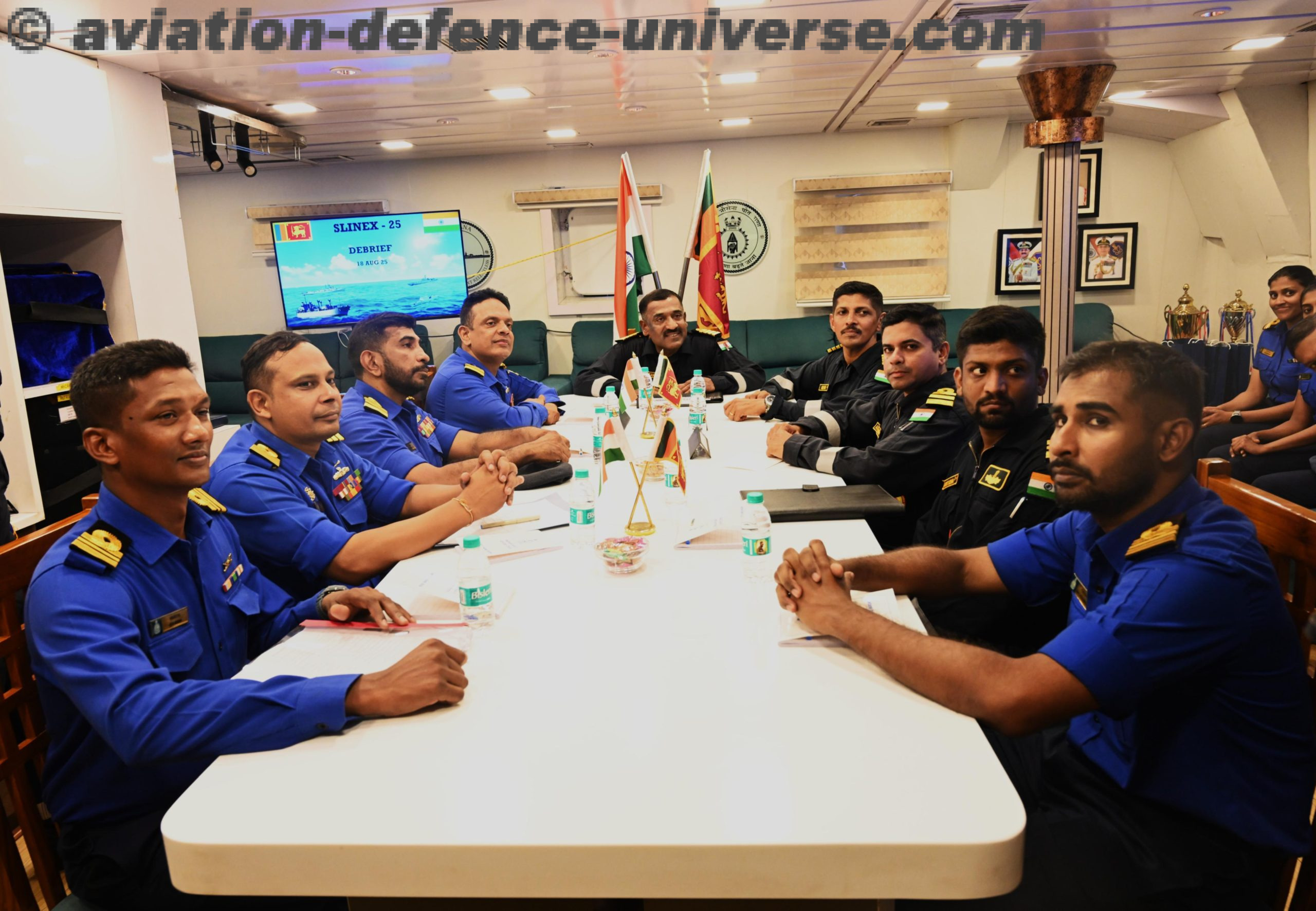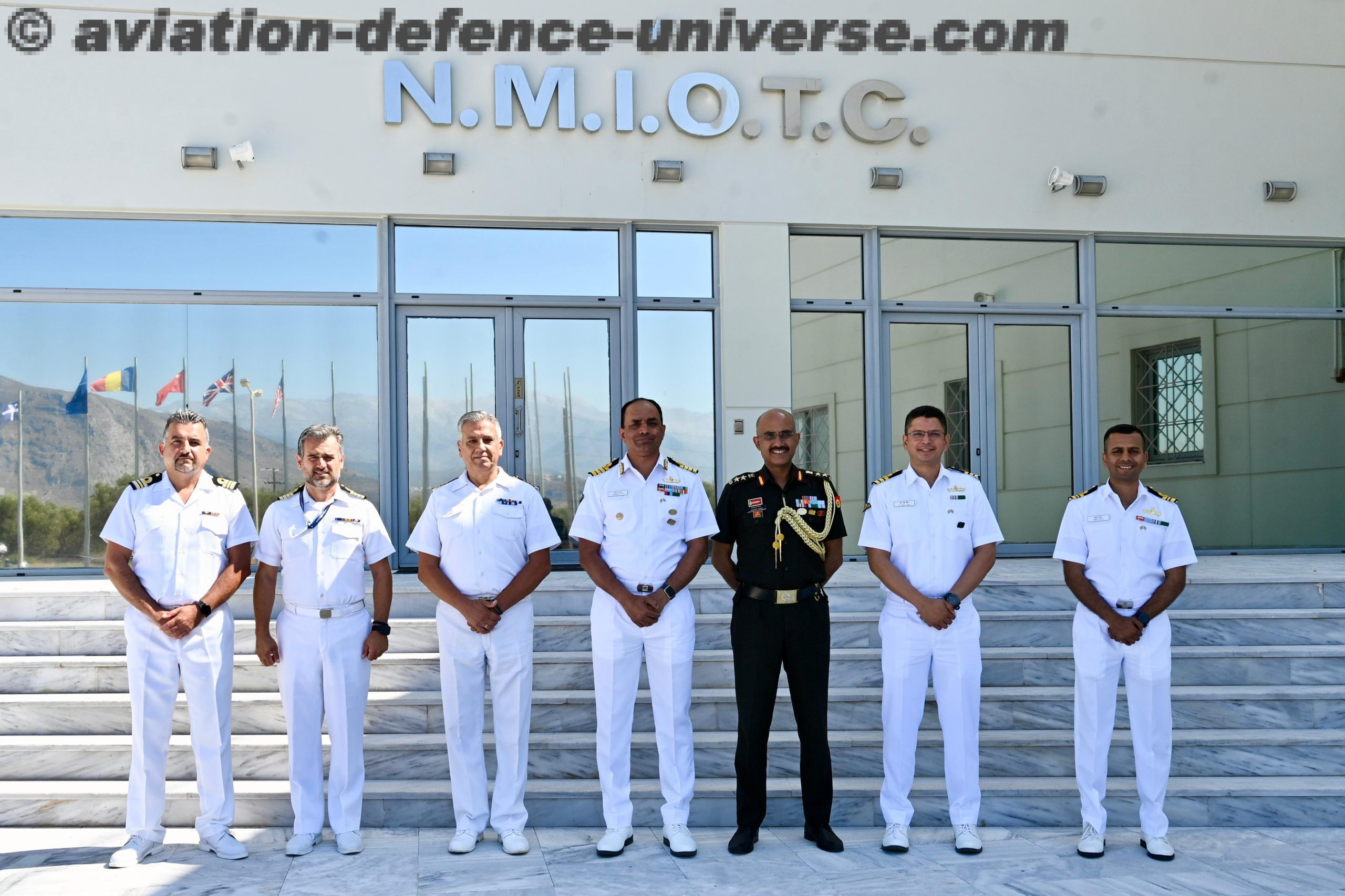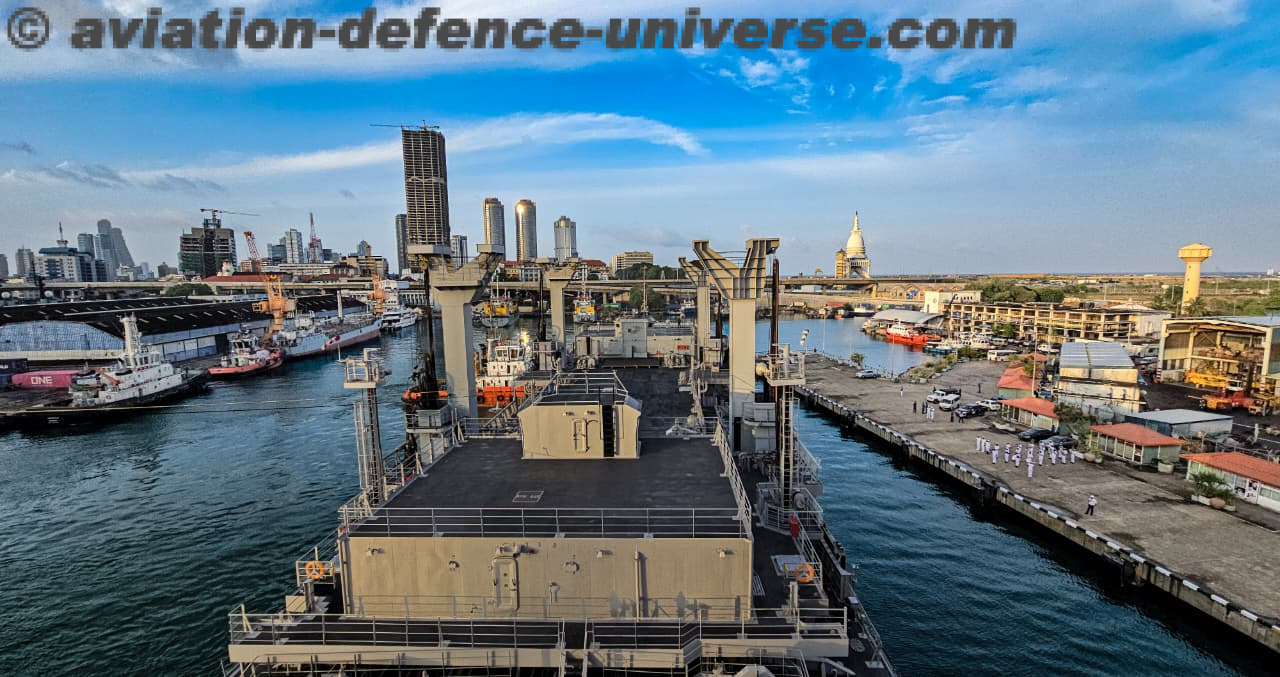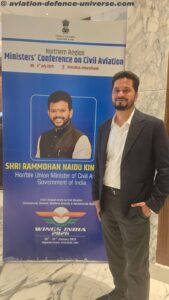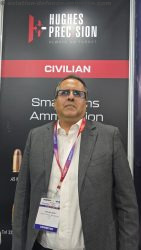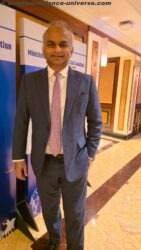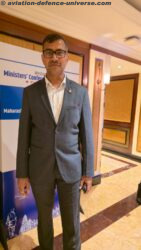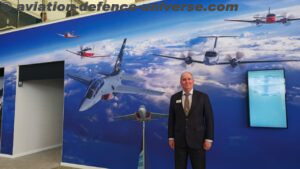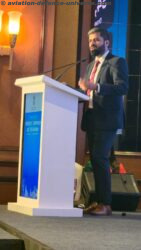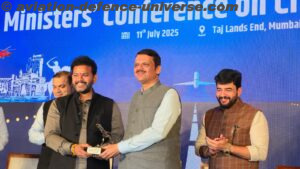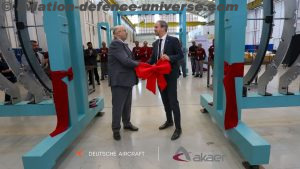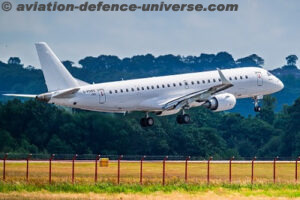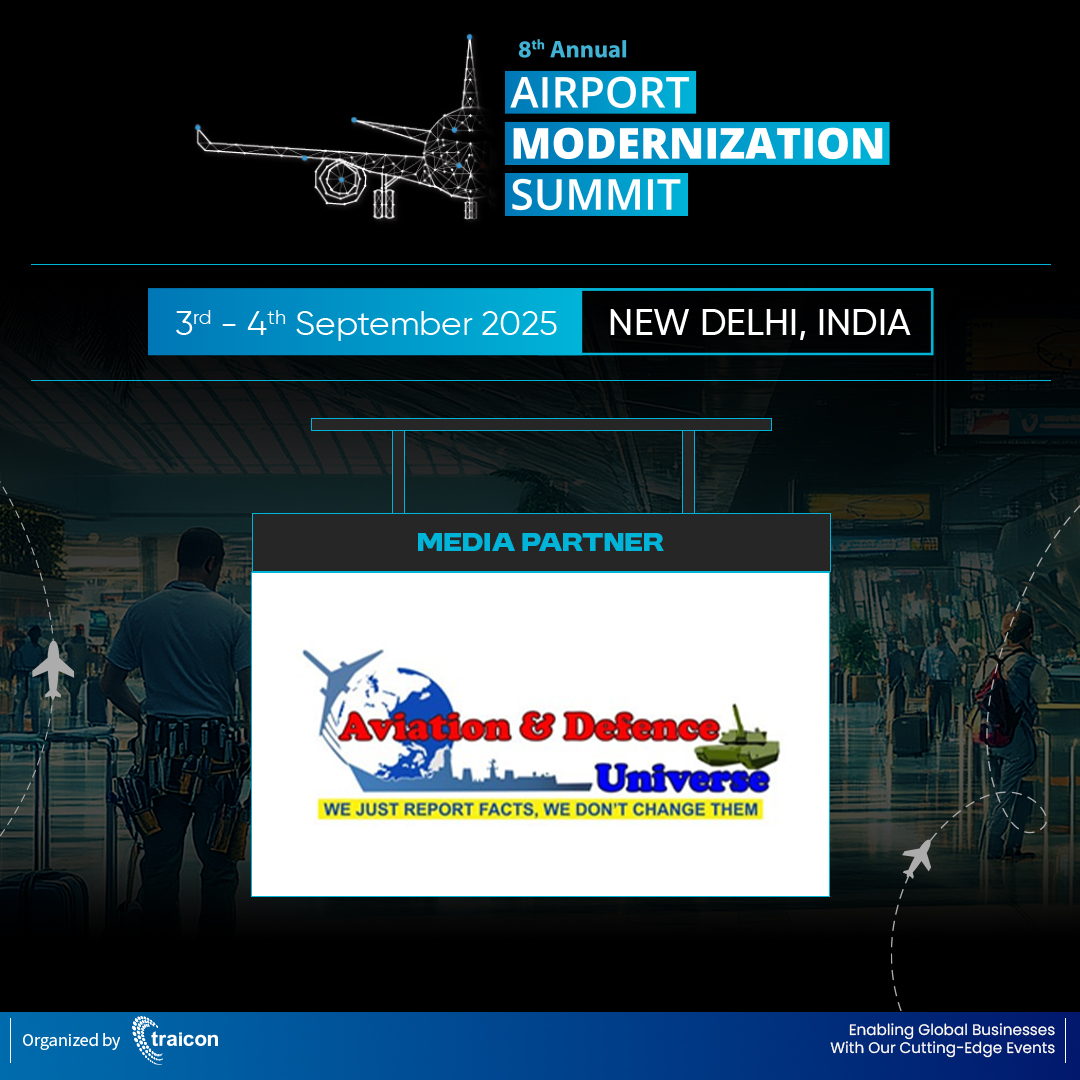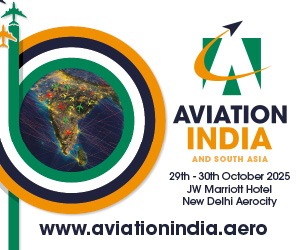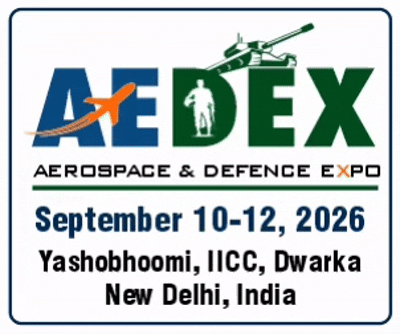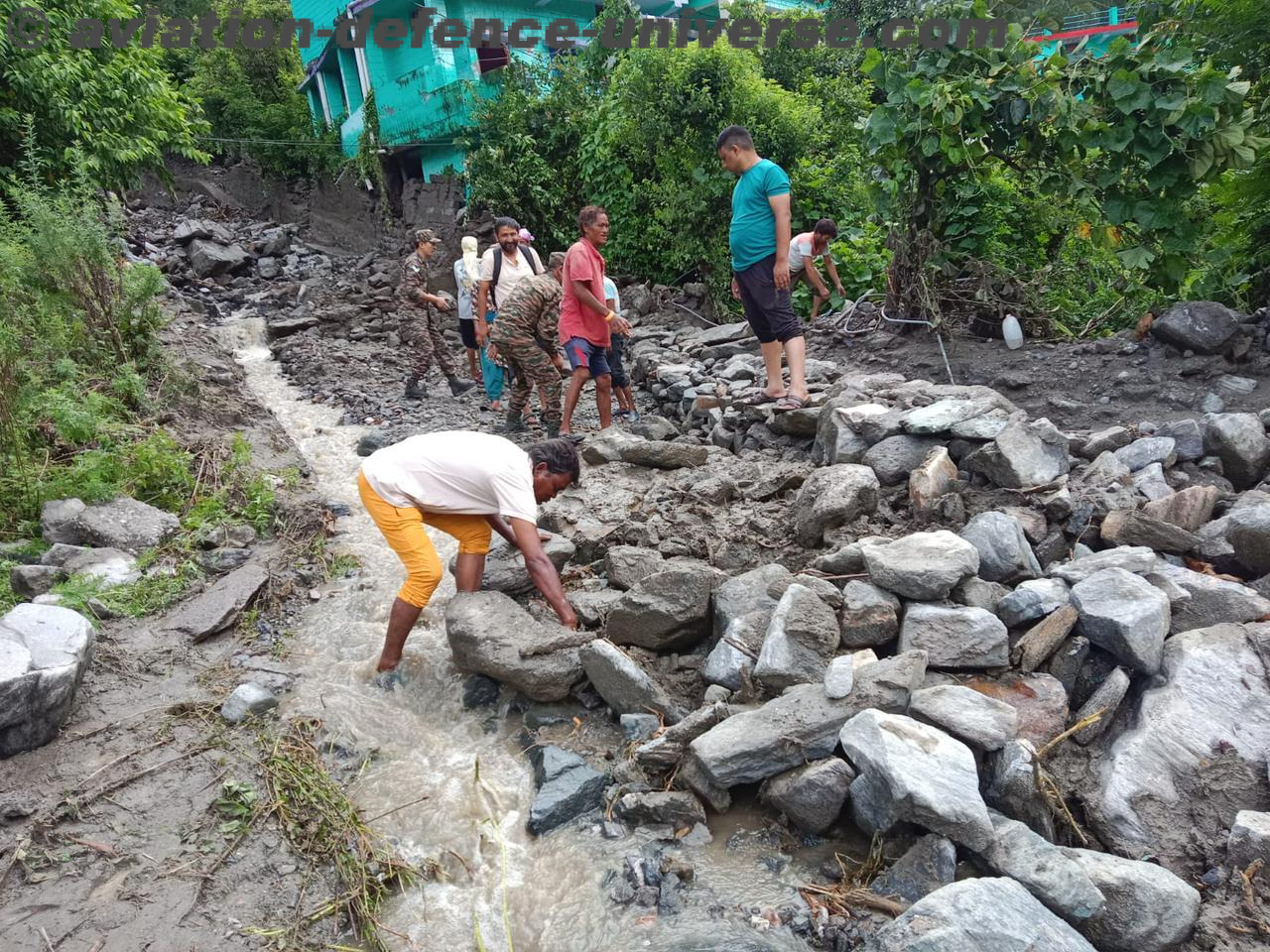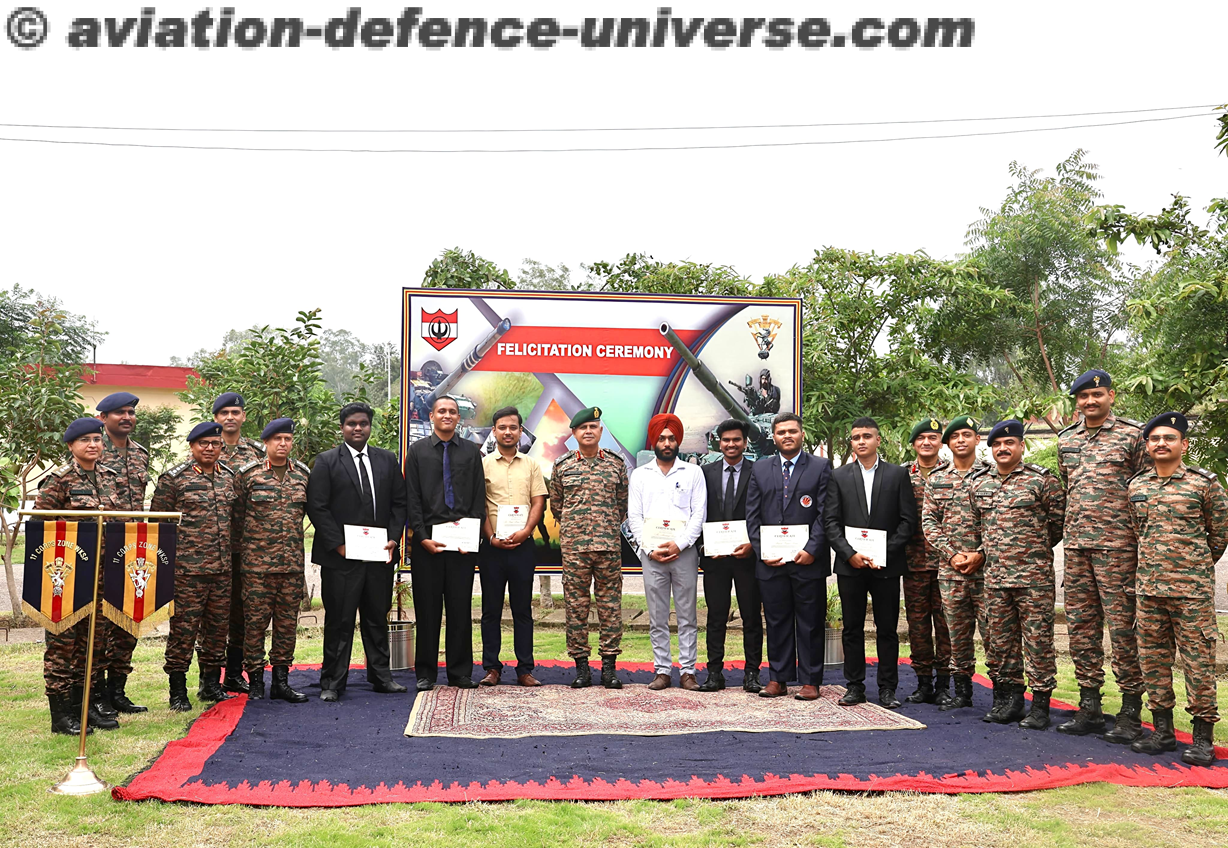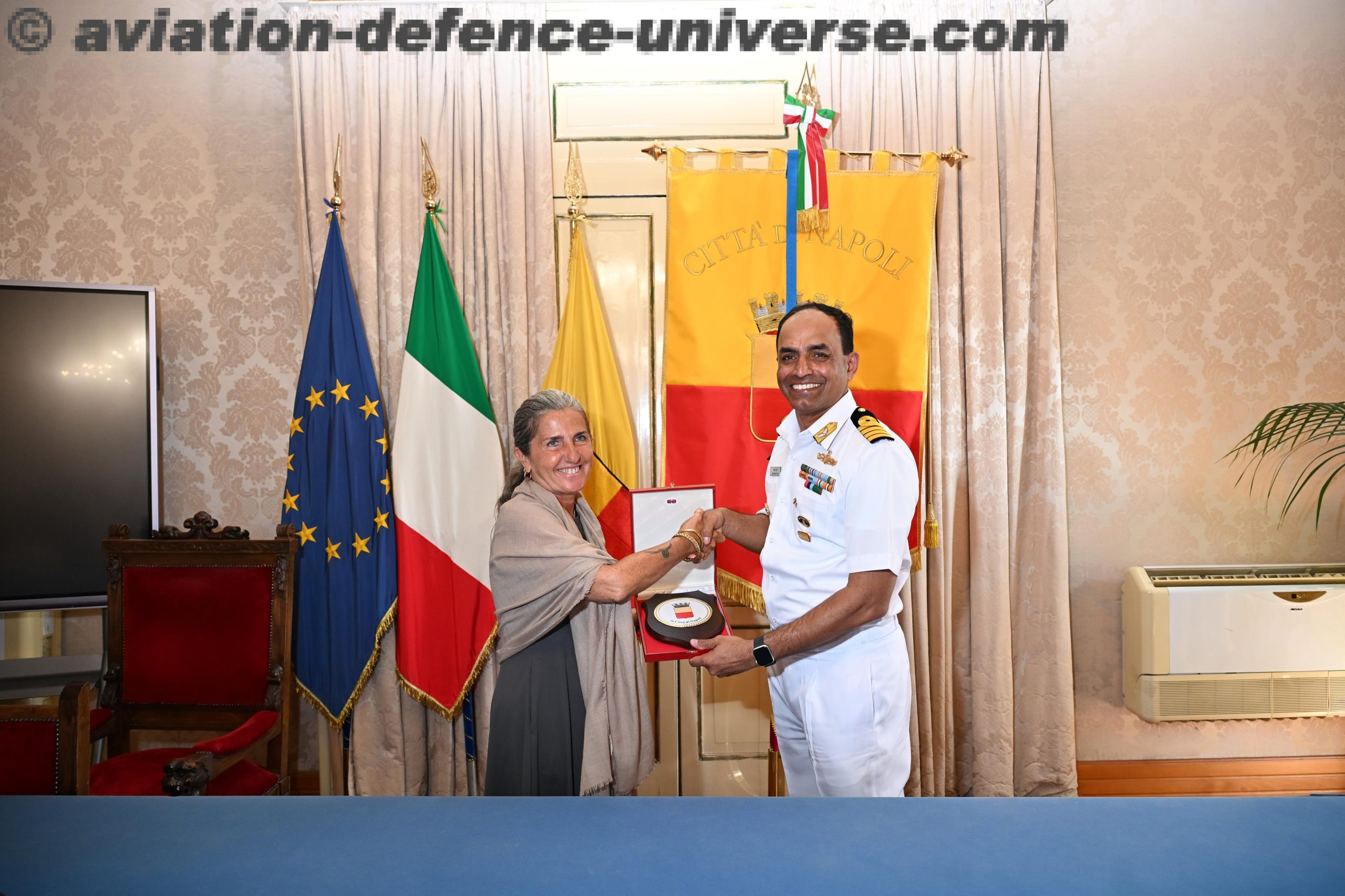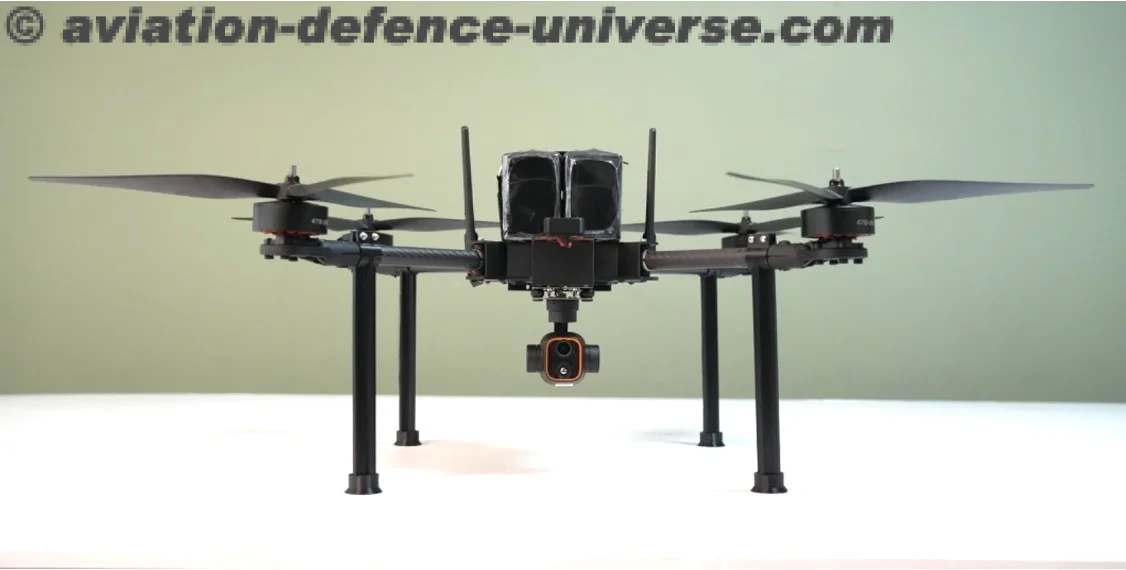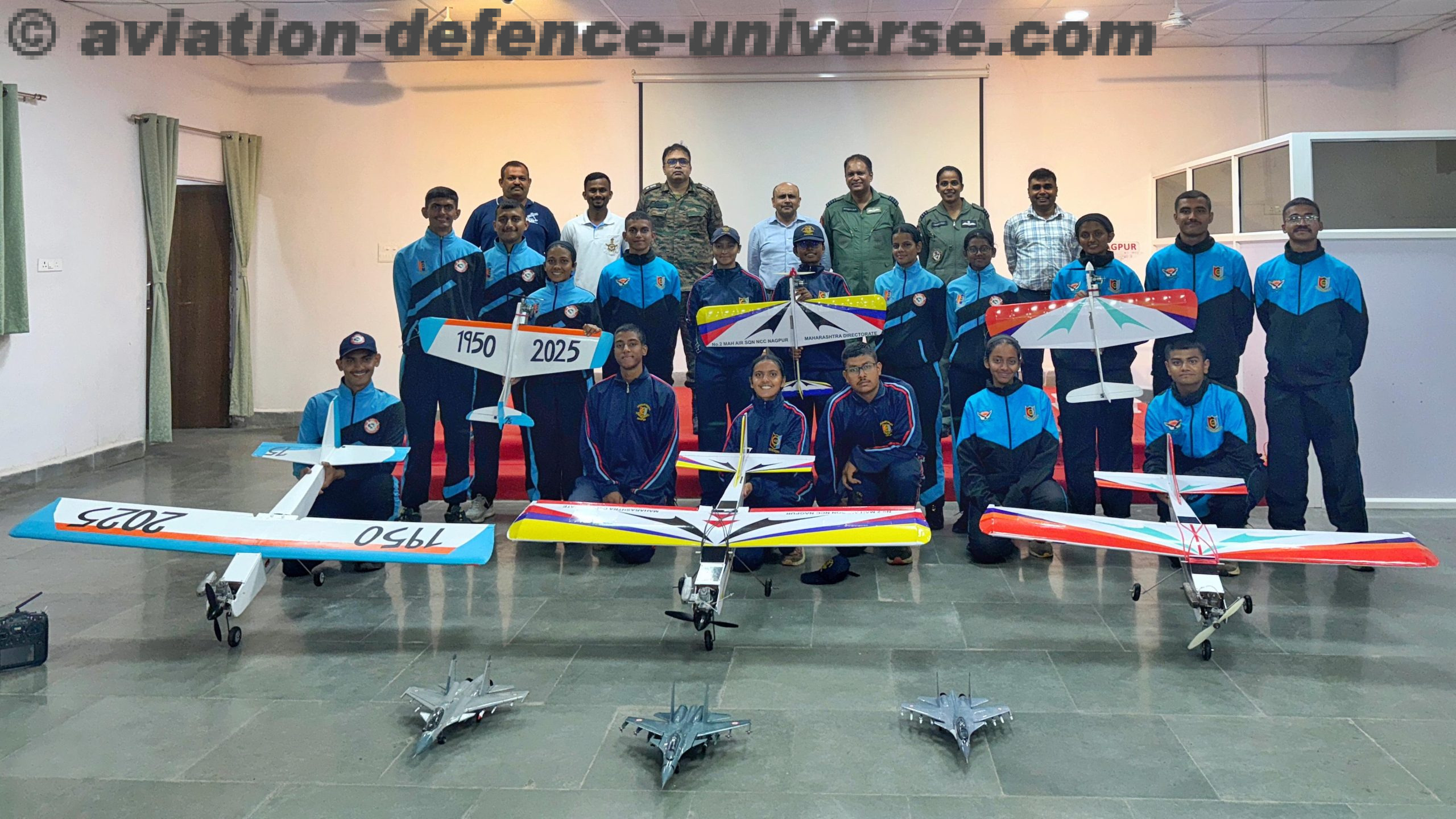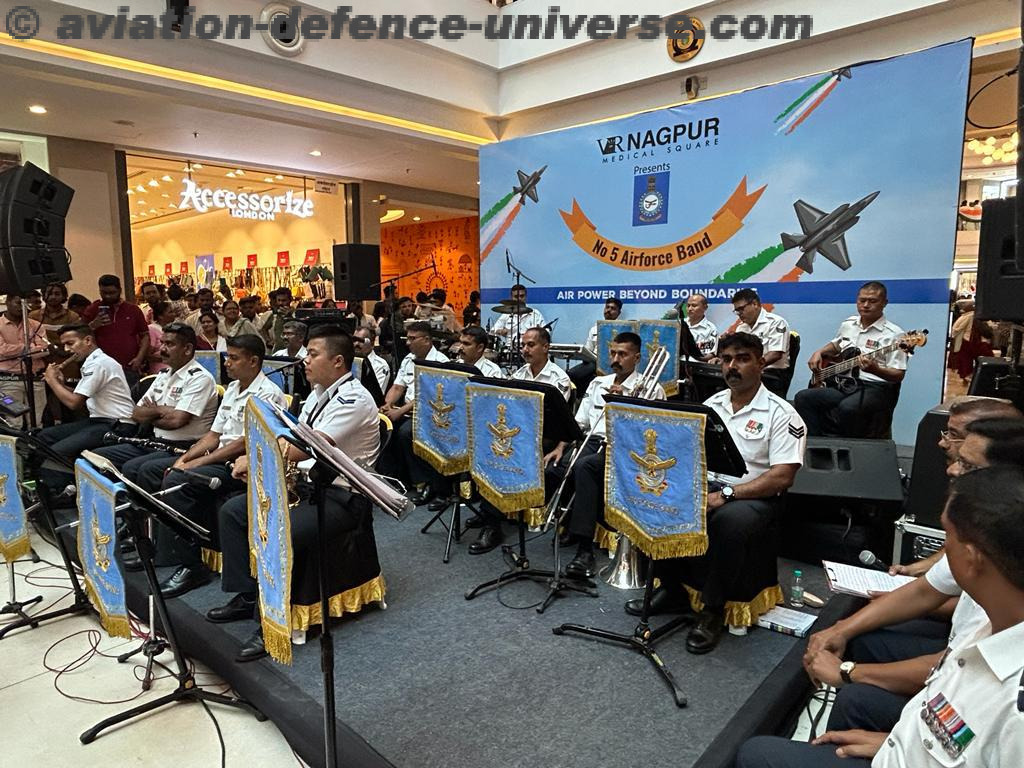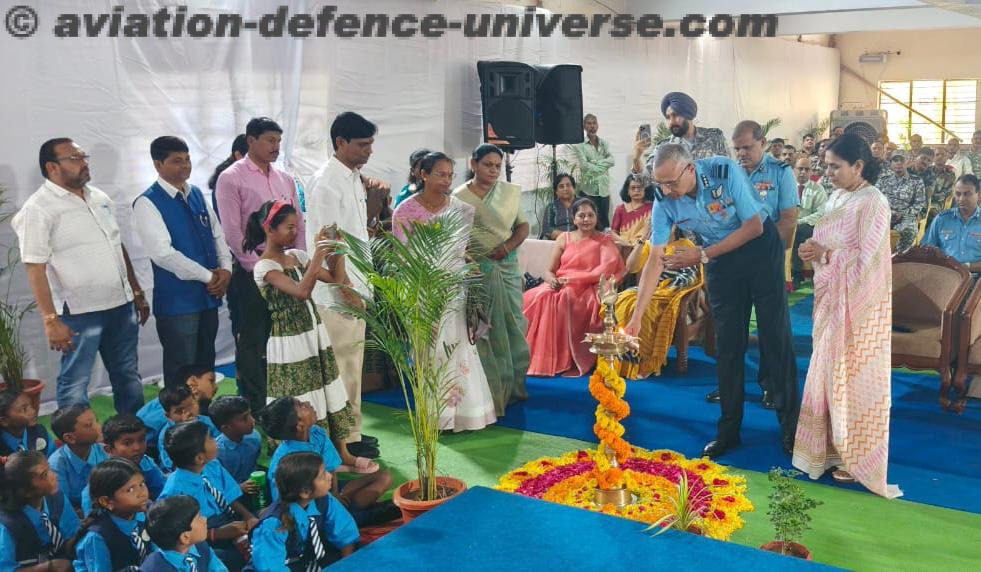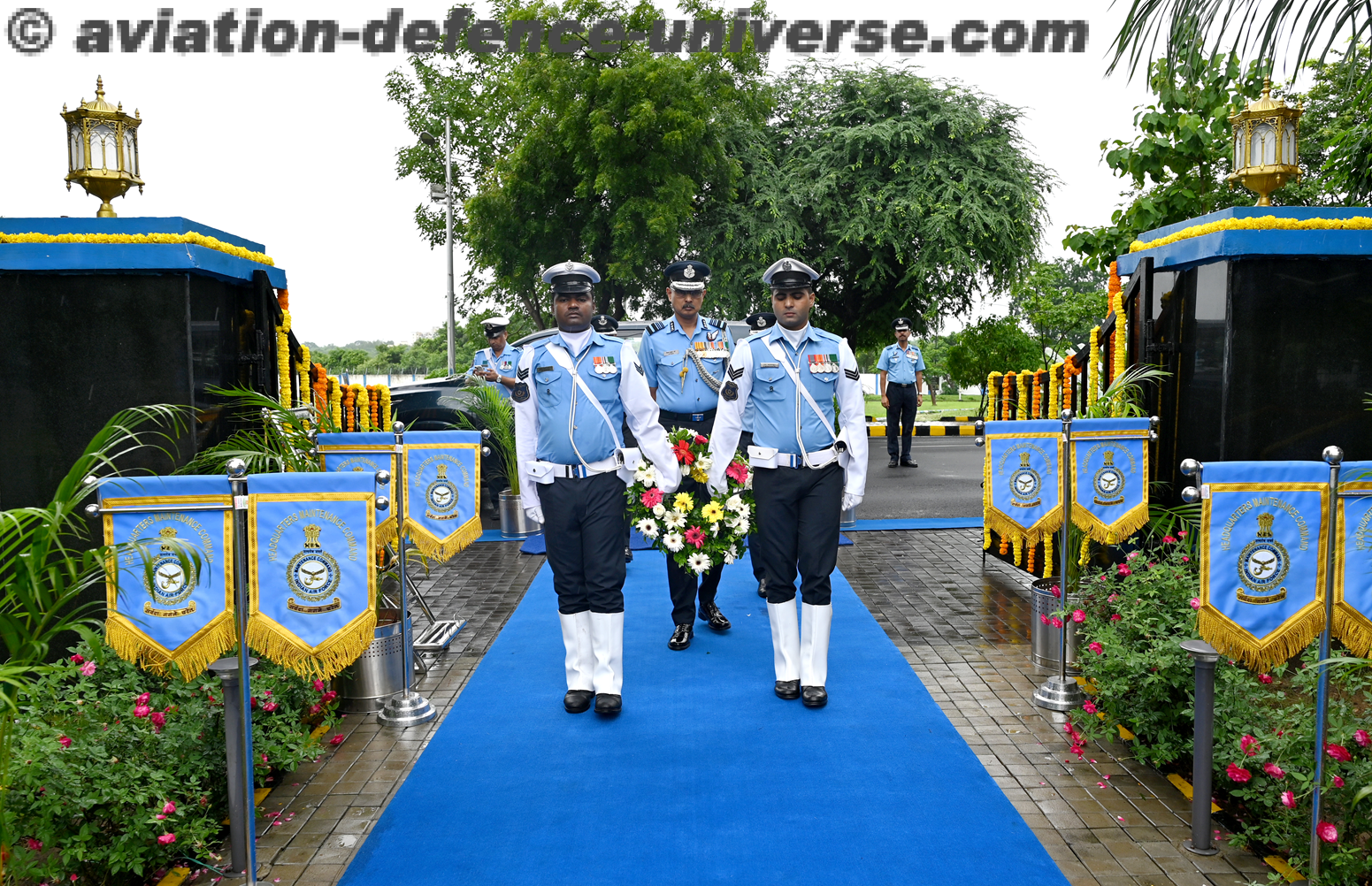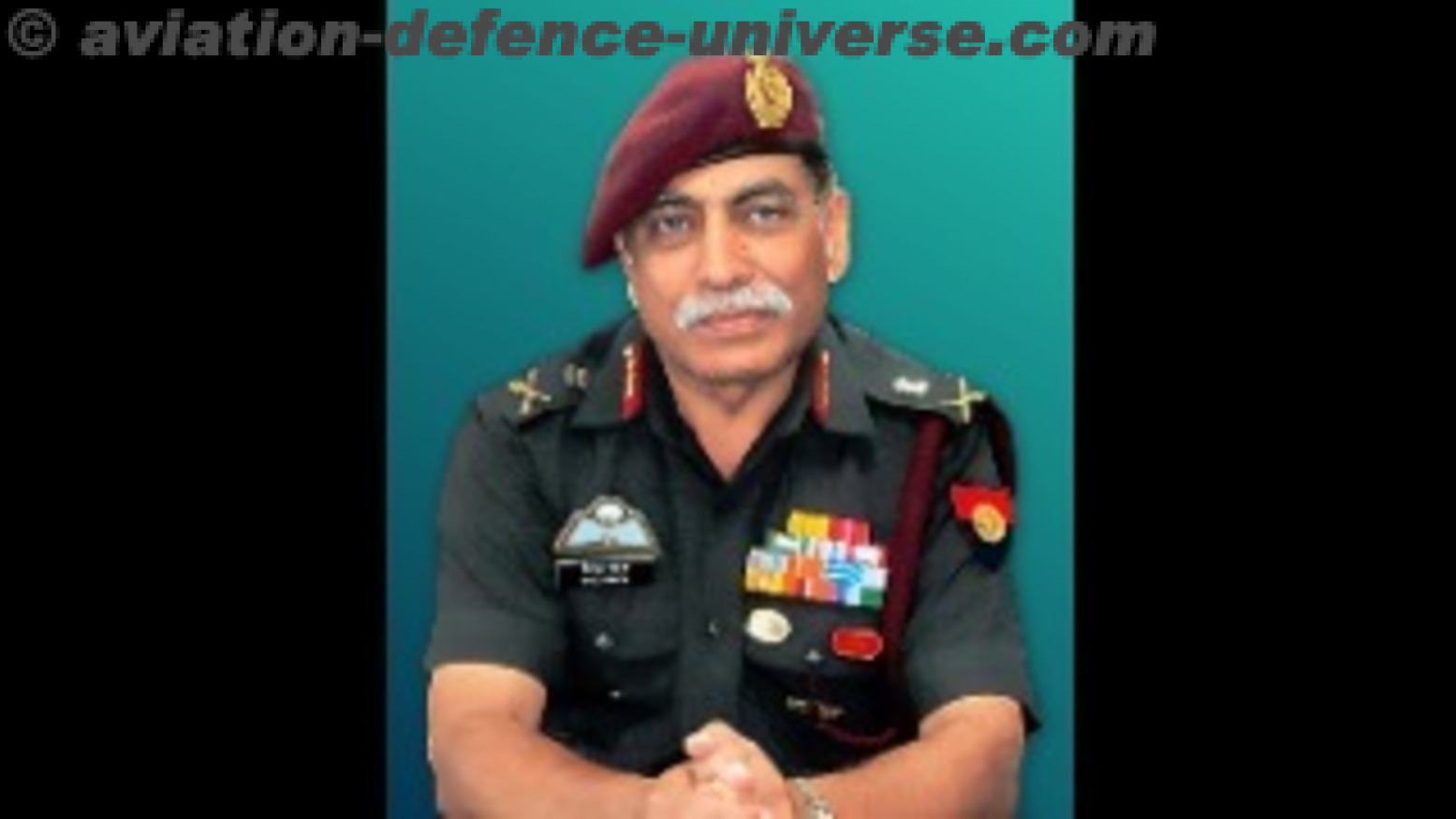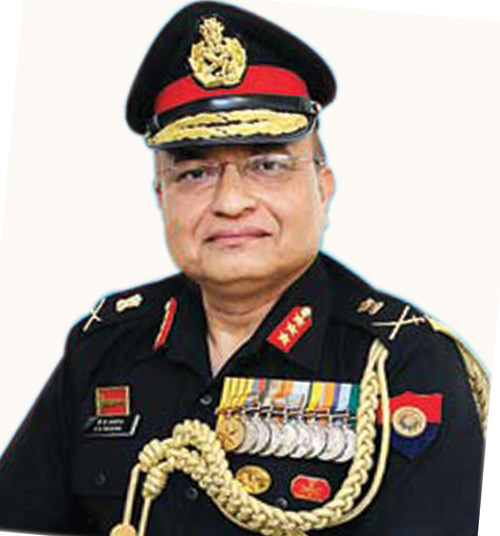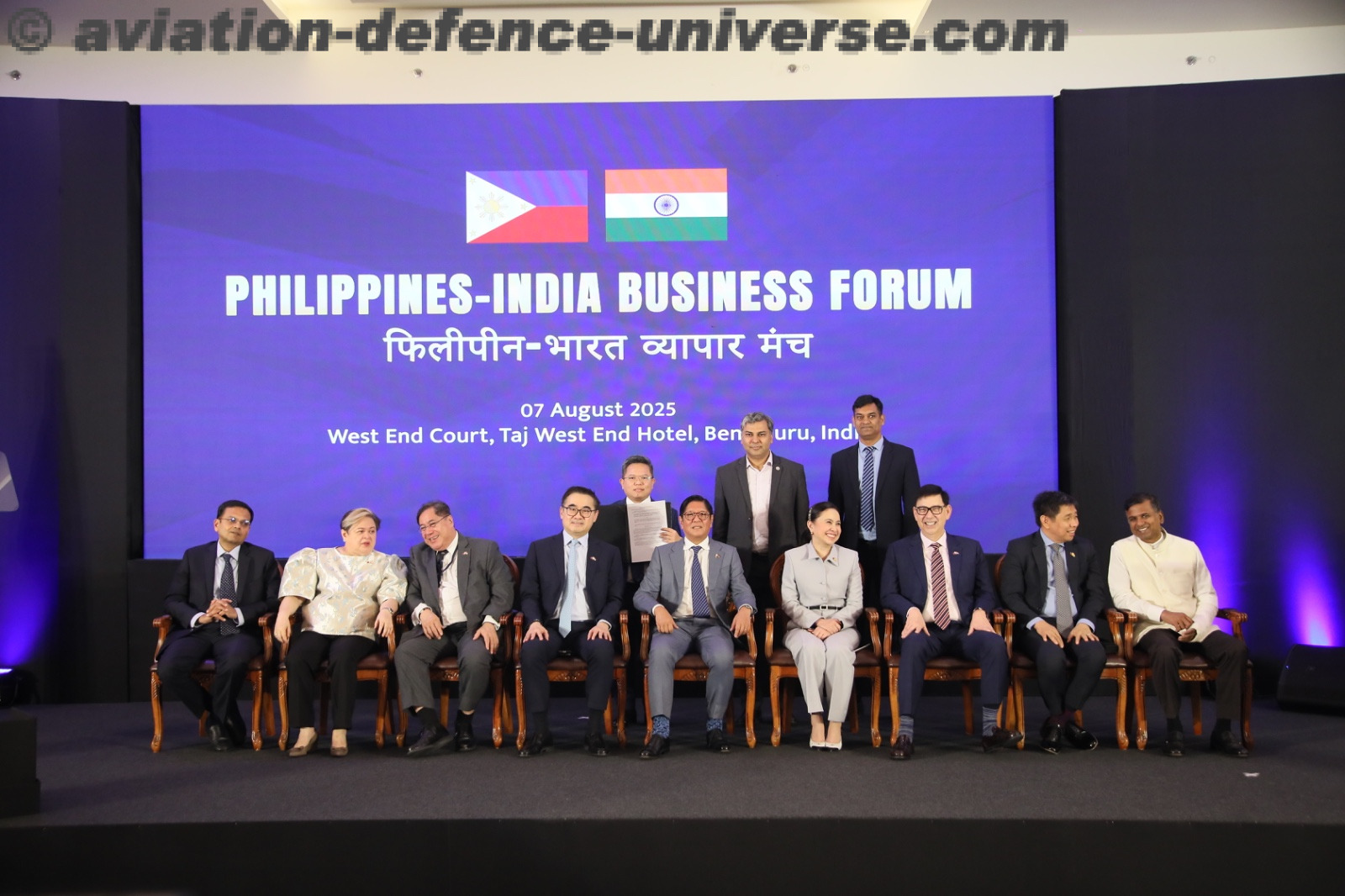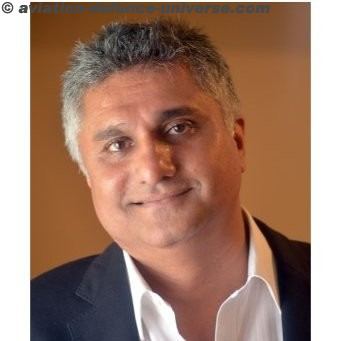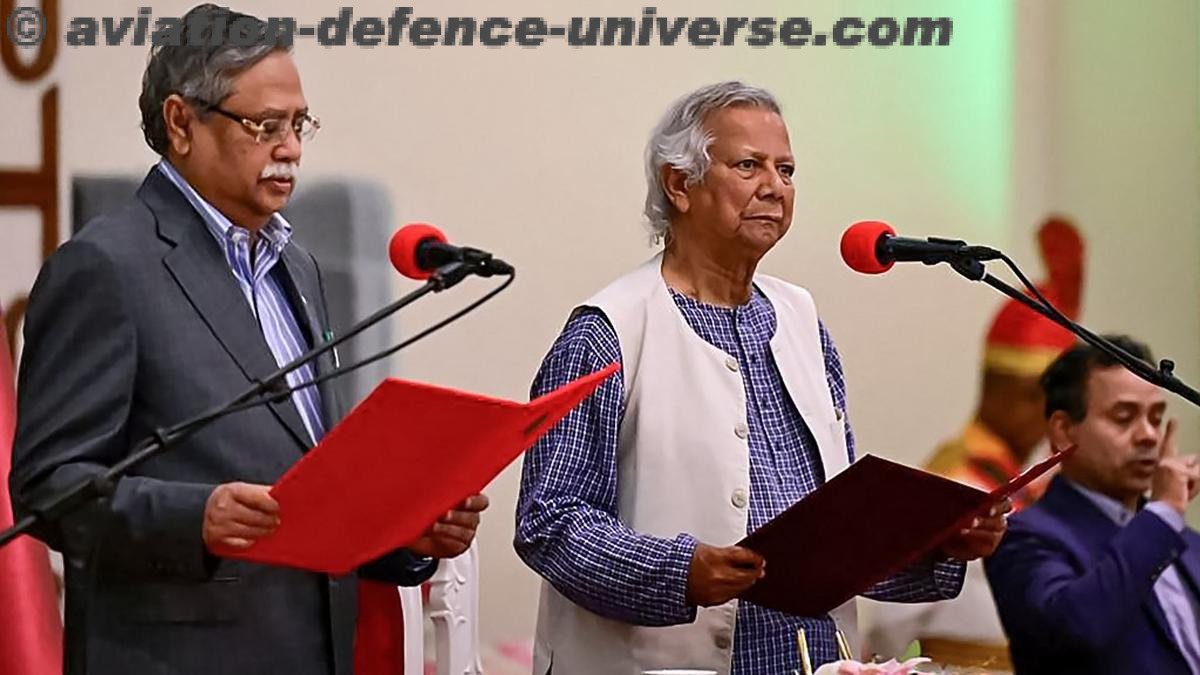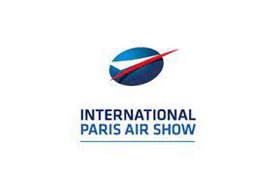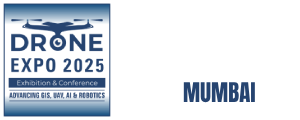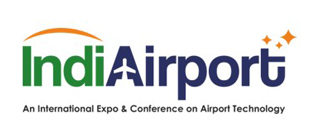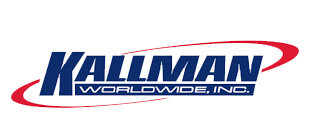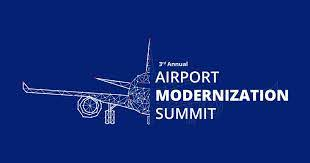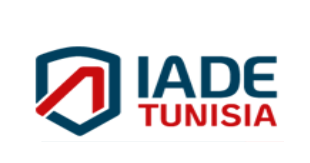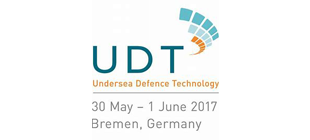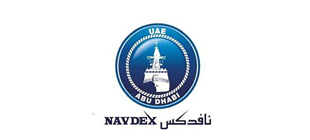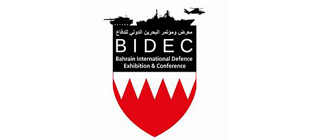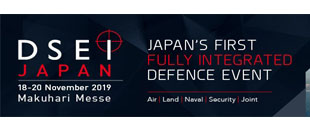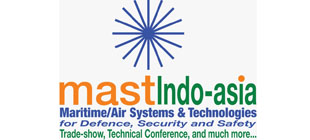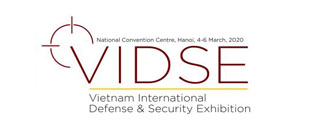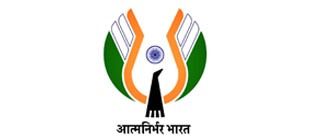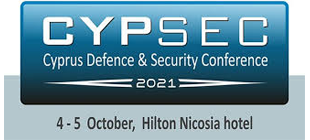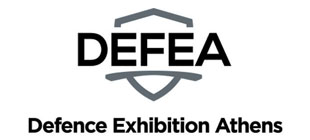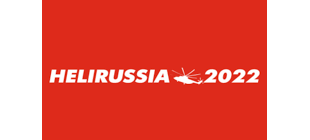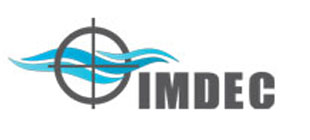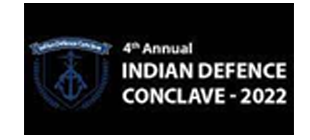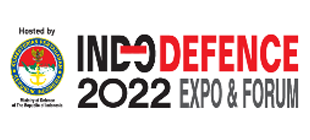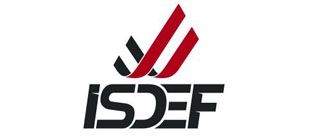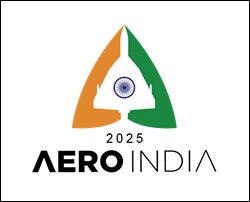- Honeywell’s Blueprint for India’s Tier 2/3 Airports : Smart, Scalable, Sustainable
- Deepak Kashyap on Why Unified Airport Platforms Are the Future of Indian Aviation
By Sangeeta Saxena
Dehradun, Uttarakhand. 04 July 2025. Honeywell’s strategic focus in India is centered on transforming airport infrastructure through digitization, integration, and energy efficiency. The company’s presence spans from metro airports like Delhi to new greenfield projects like Navi Mumbai and Jewar. Its High Growth Region (HGR) sales model ensures early engagement with planners, enabling cost-effective, scalable, and future-ready airport systems. Honeywell’s holistic offering covers everything from runway lighting to operational dashboards, helping streamline airport management and enhance passenger safety.
At the Northern Region Civil Aviation Ministers’ Conference in Dehradun, Aviation & Defence Universe caught up with Deepak Kashyap, Strategic Sales Leader for High Growth Verticals at Honeywell India. With a strong presence across major Indian airports and a futuristic vision for Tier 2/3 hubs, Honeywell is redefining how aviation infrastructure can be smart, secure, and sustainable. From surveillance and building management to airfield ground lighting and integrated data platforms, Honeywell’s footprint spans both airside and landside airport operations.
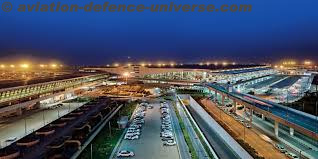
Deepak Kashyap. I’m the Strategic Sales Leader for the High Growth Verticals in India, specifically handling the transportation sector. At Honeywell, we provide a comprehensive airport infrastructure portfolio—from surveillance, fire alarm systems, and building management to advanced airfield ground lighting systems (CAT I/II/III) that aid in low visibility conditions.
ADU. How is Honeywell engaging with India’s growing network of airports, especially Tier 2 and Tier 3 cities?
Deepak Kashyap. We already work with major upcoming airports like Agra, Jammu, and Srinagar and aim to bring our technology to smaller airports as well. These airports often have similar needs but lack the voice to articulate them. We promote a unified platform that enables data-driven decision-making, breaking siloed procurement approaches.
ADU. Which major airports in India currently use Honeywell solutions?
Deepak Kashyap. Delhi and Jewar Airports are two of our major clients. We’re also involved with Navi Mumbai Airport. Our offerings there include airside systems like CAT III ground lighting and landside systems like building management integrated with operational databases for automated billing and sustainability goals.
ADU. What about heliports and emerging areas like vertiports and eVTOL infrastructure?
Deepak Kashyap. Absolutely, we are exploring opportunities in vertiports with DGCA having already published initial papers. Surveillance and lighting will play a critical role, and we are engaging in early-stage conversations since there’s no set framework yet.
ADU. Is Honeywell also present in the business and general aviation space, like FBOs?
Deepak Kashyap. While our aerospace division supports general aviation, our core team is more grounded—focusing on infrastructure. But the overall Honeywell ecosystem, including aerospace, definitely plays a key role in that segment.
ADU. What products are you currently supplying to key Indian airports?
Deepak Kashyap. At Delhi Airport, we handle both airside and terminal systems—including CAT III lighting and integrated building management. Navi Mumbai is getting our visual docking guidance systems. Jewar Airport is receiving airfield lighting systems. Across the board, our building automation, fire safety, CCTV, and access control solutions are standard offerings.
ADU. How do you scale Honeywell solutions for smaller airports?
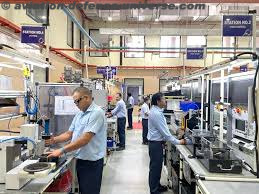
ADU. Are you expanding further into Northern Indian states and union territories?
Deepak Kashyap. Yes, we are already working with cities like Jaipur and Lucknow. At this conference, we aim to engage early with civil aviation stakeholders from Northern states and union territories, enabling us to support them right from the design and planning stages.
As India’s aviation sector takes off in regional and remote areas, Honeywell is not just keeping pace—it’s shaping the future. With a focus on smarter infrastructure, sustainability, and unified digital ecosystems, Deepak Kashyap and his team are positioning Honeywell as a key enabler of India’s next-generation airports.
As told to Sangeeta Saxena



